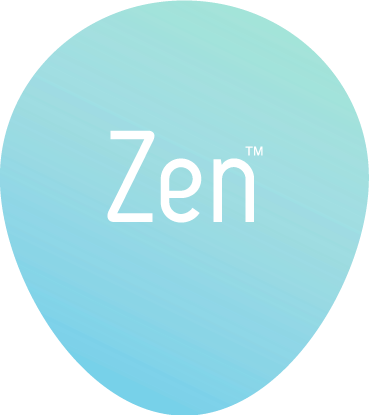Tuesday, 10 November 2009
Tuesday, 3 November 2009
Wednesday, 28 October 2009
SHAPE AND MOVEMENT

In this section we are planing to explore the realms of shape and movement, and the effects they can have on the human mind. How different shapes and movements can create a range of moods within the patient and their surroundings.
We came across an in-depth study of self-concept development carried out by The British Association of Teachers of The Deaf.
where they were looking different way of using the senses to explore feelings as an element of self-concept development. Making their students feel more at ease and as a result making an improvement in their concentration, dedication and overall moral.
Colour
The idea that colours can evoke different feelings was explored and after a lot of thought and discussion, colours were classified according to their positive or negative qualities, as perceived and agreed by the group. The boys agreed that blues, greens and mauves were the most calming colours.
Shape and movement
This positive/negative issue was again explored, this time in relation to shapes, with smooth, rounded shapes being more positive and calming than straight-lined or jagged shapes. The boys explored different movements in creating different shapes and soon agreed that flowing and slower movements were more relaxing and calming than quick jerky movements. They then practised using the slow, flowing movements to produce patterns consisting of smooth rounded shapes and coloured these using the ‘calm’ colours and using a range of media, to identify the most relaxing medium or media. This was agreed to be either paint or pastels or smooth paper.
TRANSFORMING THE HOSPITAL EXPERIENCE WITH LIGHTING

In this project well will be looking in depth to the effects of lighting. it can change the whole feel of a space and its surroundings.
One of our main objectives is to make the patients feel at ease and detach them from the hospital environment by creating a space / place they would like to feel comfortable and relaxed in.
In researching the effects of lighting we came across Phillips Lighting, They have explored and developed great amounts of techniques and applications for light in many situations such as health care, business's and hospitality.
This is what we will try to apply to our own concept and product.
please download Phillips PDF of Transforming the hospital experience with lighting below:
PHILLIPS LIGHTING EXPRIRIENCE
SYNAESTHESIA
In the 19th and early 20th centuries, scientists were fascinated by synaesthesia: the way some people perceive sensations joined together, like seeing letters of the alphabet in a range of colours or hearing music as texture. Victorians named it after the Greek for union (syn) of sensations (aesthesia). In the west, the research fell out of fashion in the mid 20th century, but since the 1980s it’s been rediscovered, helping neuroscientists to understand how we separate and combine sensations.
Classic synaesthesia is something people are born with; cognitive synaesthesia happens when our minds join different sensations, based on our experiences. It’s used by perfumers in the creative process; for example, fragrances are often inspired by listening to music. It’s the psychological side of aromatherapy.
INTRODUCTION

We are Matt Pell and Daniel Bartha.
We are collaborating on The Body and Mind project for the RSA. click the link below to download the brief in full.
RSA Brief
This Blog is an on going collection of research into The importance of physiological rehabilitation in patients suffering from long term hospitalization.
This study will be Predominately focusing on Patients that are paralyzed. we will be creating a concept in which we'll focus on trying make rehabilitation and being in hospitals surroundings over a long period of time more relaxing.
Another aim of ours is to tap into the physiological effects of rehabilitation ie: Patients who are relaxed before a major operation are more likely have a successful operation and a quicker recovery.
Daniel and Matt.
Subscribe to:
Comments (Atom)


